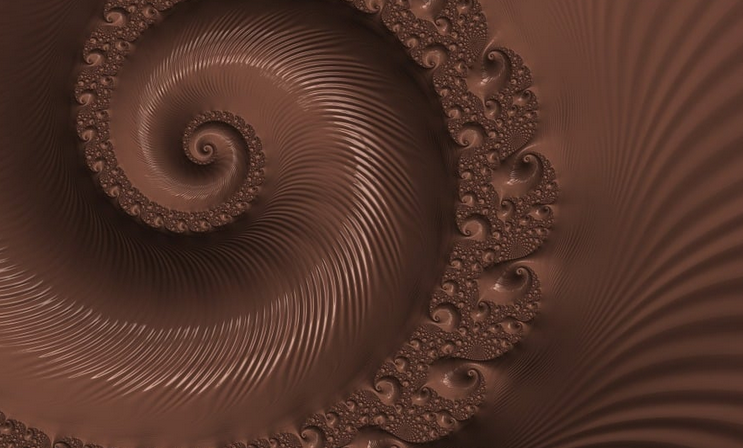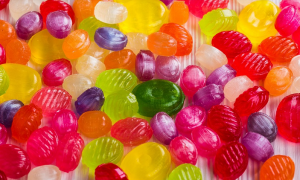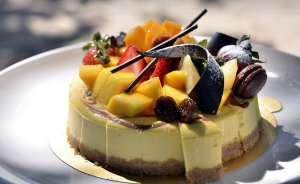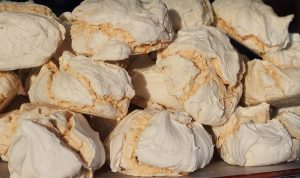
What Does Darjeeling Tea Taste Like?
Darjeeling tea, a beloved staple across the globe, is often praised for its unique flavors and delicate aroma. But what exactly makes this tea so special, and how does it taste?
First and foremost, it’s important to understand that Darjeeling tea is known for its distinct floral notes and subtle sweetness. It’s not a strong-tasting beverage like Assam or black tea; instead, it boasts a unique character that sets it apart from other varieties.
The first sip of Darjeeling tea often reveals a delicate floral aroma, reminiscent of the jasmine flowers that grow in its native hills of India. This floral note is not overpowering but rather adds a subtle layer of complexity to the overall taste experience.
As you savor this tea, you’ll encounter an intriguing interplay of flavors. Darjeeling tea often has notes of muscatel and citrus – a hint of tangy sweetness that contrasts beautifully with the floral undertones. It’s like having a dance between floral and fruity flavors on your palate.
But the real magic lies in the subtle, refreshing taste of Darjeeling tea. It’s not overly astringent or bitter; instead, it boasts a clean, light, and gentle taste. This delicate balance allows the floral notes to shine through without overpowering other flavors.
The unique terroir of Darjeeling is also crucial in shaping its flavor profile. The tea leaves are grown at high altitudes in the Himalayan foothills, which creates a unique climate with cool temperatures and misty mornings. These conditions contribute to the delicate nature of Darjeeling tea, leading to a lighter, more nuanced taste.
Some people describe Darjeeling tea as having a “light-bodied” quality, while others find it to be quite robust. This range in perception stems from its inherent subtle flavors and a complex blend of aroma and taste that varies depending on the specific variety and processing methods.
The brewing process is even more important for highlighting Darjeeling tea’s unique qualities. It needs to be brewed with care, using fresh water and not over-steeping. This prevents bitterness and allows the delicate floral notes to fully express themselves in a harmonious symphony of flavors.
A standard brew recommendation involves 1 tsp of loose leaf Darjeeling tea per cup (8 oz) of water. It’s important to use filtered or spring water for optimal taste, as tap water can sometimes impart an undesirable metallic aftertaste to the tea.
The choice of a teapot is also key. A classic porcelain or clay teapot will allow you to fully appreciate the delicate aroma and flavor notes of Darjeeling tea. Avoid using metal or stainless steel utensils, which might interfere with the tea’s subtle flavors.
After brewing your Darjeeling tea, let it cool slightly before enjoying it. This allows the full range of aromas to unfold, and you can savor each sip without any overwhelming bitterness. The result is a truly satisfying and delightful experience.
If you’re interested in exploring the world of Darjeeling tea, there are various options for enjoying it. You can purchase loose-leaf tea from specialty stores or online retailers. Alternatively, pre-packaged tea bags contain a convenient and mess-free option.
So next time you find yourself seeking a cup of something truly unique, delve into the delightful world of Darjeeling tea. With each sip, you’ll be taken on a journey through its delicate floral notes and subtle sweetness. It’s an experience that will transport your palate to the lush valleys of India, one cup at a time.
It’s also worth noting that Darjeeling tea is quite versatile. You can enjoy it plain or with milk and sugar as per personal preference.
With its delicate floral aroma, subtle sweetness, and refreshing taste, Darjeeling tea stands out as a truly special beverage. It’s not just a drink; it’s an experience that awakens your senses and leaves you craving for more.


